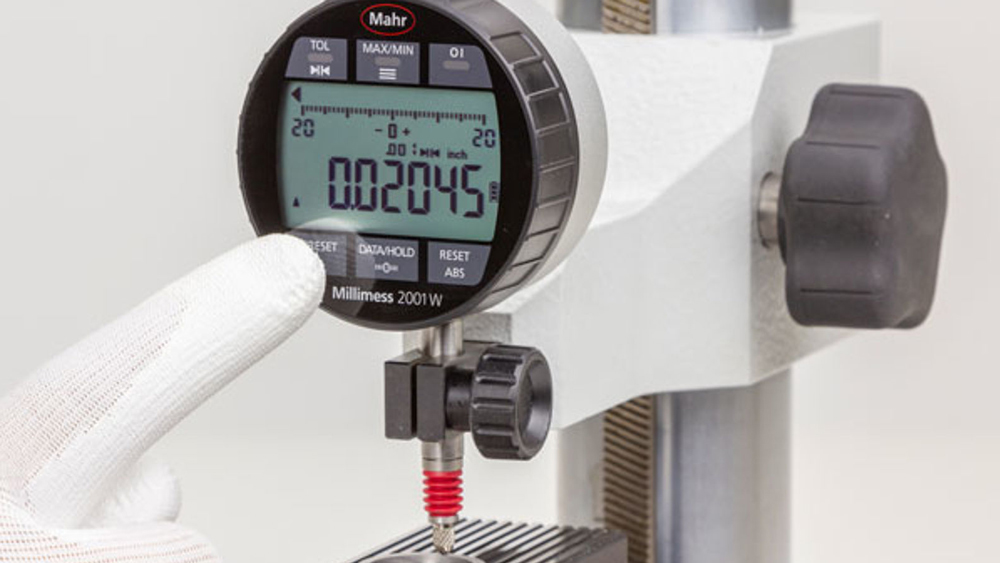Electronic temperature compensation in gaging has become a valuable tool in improving the accuracy and gage repeatability and reproducibility (GR&R) of gages in harsh manufacturing environments.
|
ADVERTISEMENT |
The need for temperature compensation comes into play when the expected errors from temperature variation caused by the environment can use up more than 10% of the part tolerance.
Where does this expected error come from? Virtually all materials expand with temperature. Whether aluminum, steel, or carbide, all have their known thermal expansion rates showing how much the material will grow per degree of temperature increase.
There are modifiers to this, of course. For example, parts all have some mass, and the larger the part the longer it takes to stabilize to the surrounding environment. And although the parts may be steel, their actual composition may vary slightly from the steel being used as a reference, and very slight variations will be seen. But again, it all comes down to how much error can be accepted.
…

Add new comment